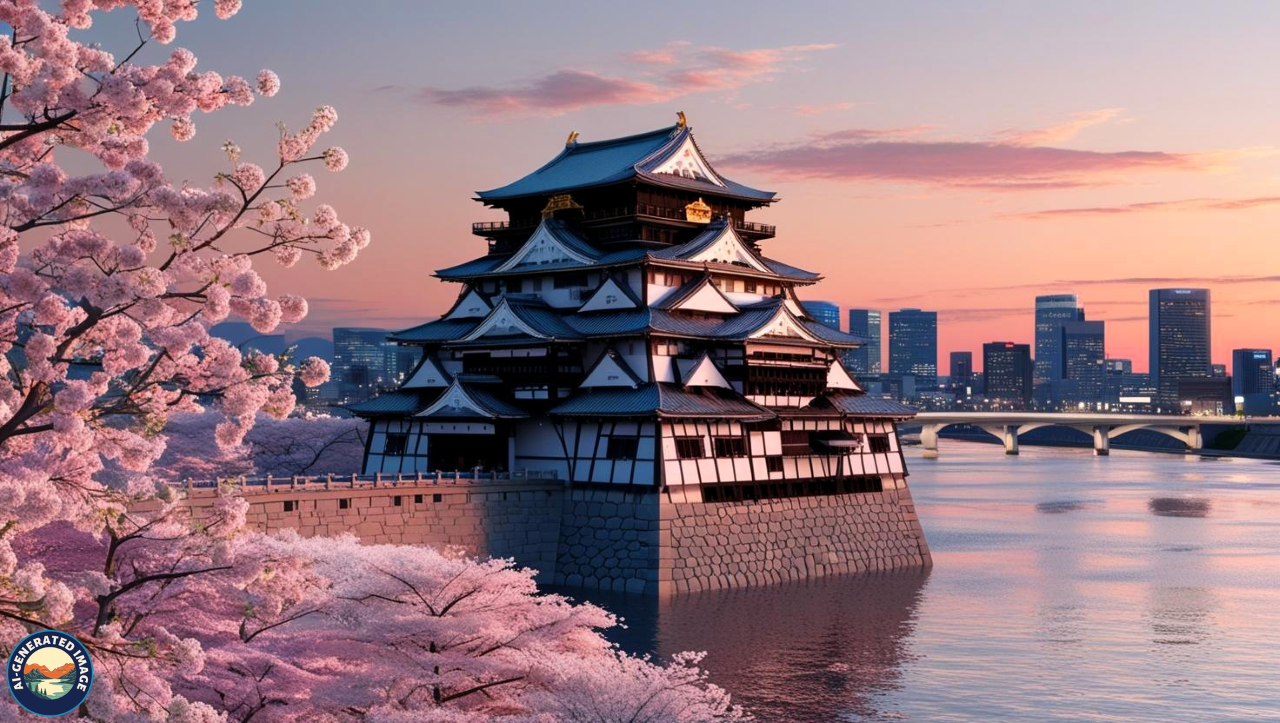Introduction
Osaka is one of Japan’s most dynamic cities, blending ancient tradition with modern excitement. Often overshadowed by Tokyo and Kyoto, Osaka offers a refreshing experience filled with vibrant neighborhoods, lively locals, and world-famous street food. Known as the “Nation’s Kitchen,” it invites you to indulge—whether through its rich flavors, friendly atmosphere, or unique attractions.
This guide will explore what makes Osaka an essential stop on any Japan itinerary. From historical landmarks and entertainment zones to hidden local spots and delicious cuisine, you’ll see why so many travelers fall in love with this Kansai treasure.
Getting to Know Osaka
Located in western Japan, Osaka is the capital city of Osaka Prefecture and the third-largest city in the country. With a history deeply rooted in commerce and trade, it has long been considered a center of economic activity. During the Edo period, it served as Japan’s major distribution hub, earning it the nickname “Tenka no Daidokoro”, meaning “the nation’s kitchen.”
The people of Osaka are famously friendly, humorous, and laid-back. Unlike the reserved demeanor often associated with Tokyo, Osakans are more open and expressive, often using the Kansai dialect, which is known for its upbeat tone and distinctive rhythm.
-
Location:
-
Kansai Region, Honshu Island
-
Language:
-
Japanese (Kansai dialect commonly spoken)
-
Time Zone:
-
Japan Standard Time (JST)
-
Currency:
-
Japanese Yen (¥)
Top Attractions
Osaka Castle
A must-see historical site, Osaka Castle was built in the late 1500s by the powerful daimyo Toyotomi Hideyoshi. The castle played a pivotal role in Japan’s unification and is surrounded by lush parks and moats.
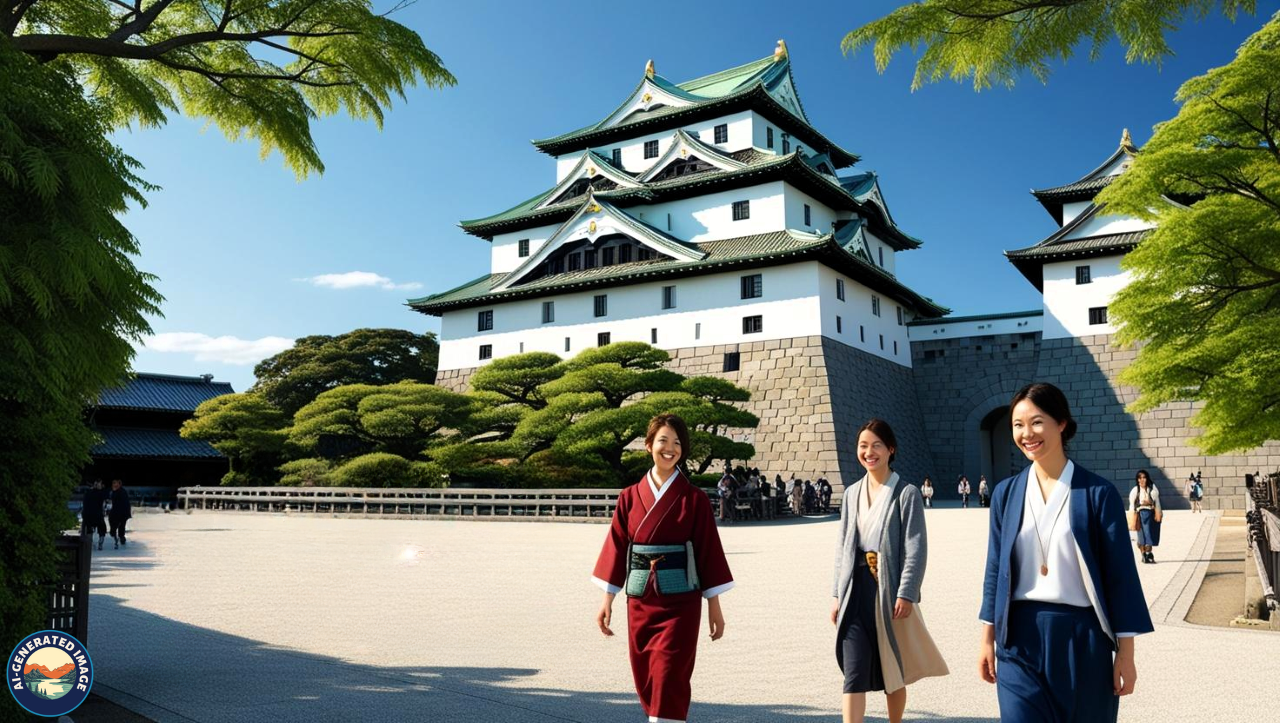
-
Highlights:
-
Observation deck, cherry blossoms in spring, and a museum showcasing samurai artifacts
-
Best time to visit:
-
Spring (March–April) for the blooming sakura trees
Dotonbori
Arguably the most famous district in Osaka, Dotonbori is a hub of nightlife, shopping, and street food. Giant neon signs and animated billboards light up the area, creating a unique and energetic vibe.
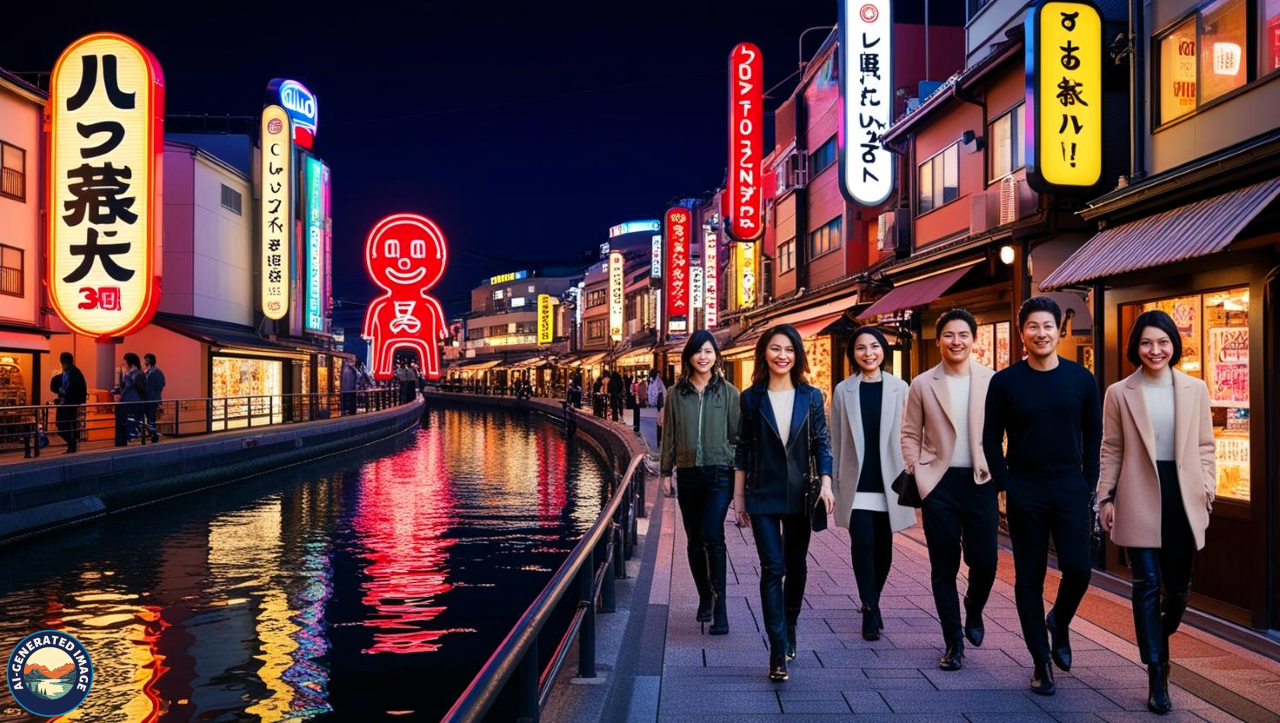
-
Must-dos:
-
Take a photo in front of the Glico running man sign, enjoy takoyaki from a street stall, and stroll along the canal
-
Popular for:
-
Nightlife, food, and vibrant photo ops
Universal Studios Japan (USJ)
USJ is one of Japan’s premier theme parks, offering immersive attractions based on popular films and characters.
-
Main draws:
-
Super Nintendo World, The Wizarding World of Harry Potter, and Hollywood-themed rides
-
Tip:
-
Buy Express Passes in advance to skip long lines
Umeda Sky Building
A modern architectural highlight, the Umeda Sky Building consists of two towers connected at the top by a floating observatory with sweeping views of the city.
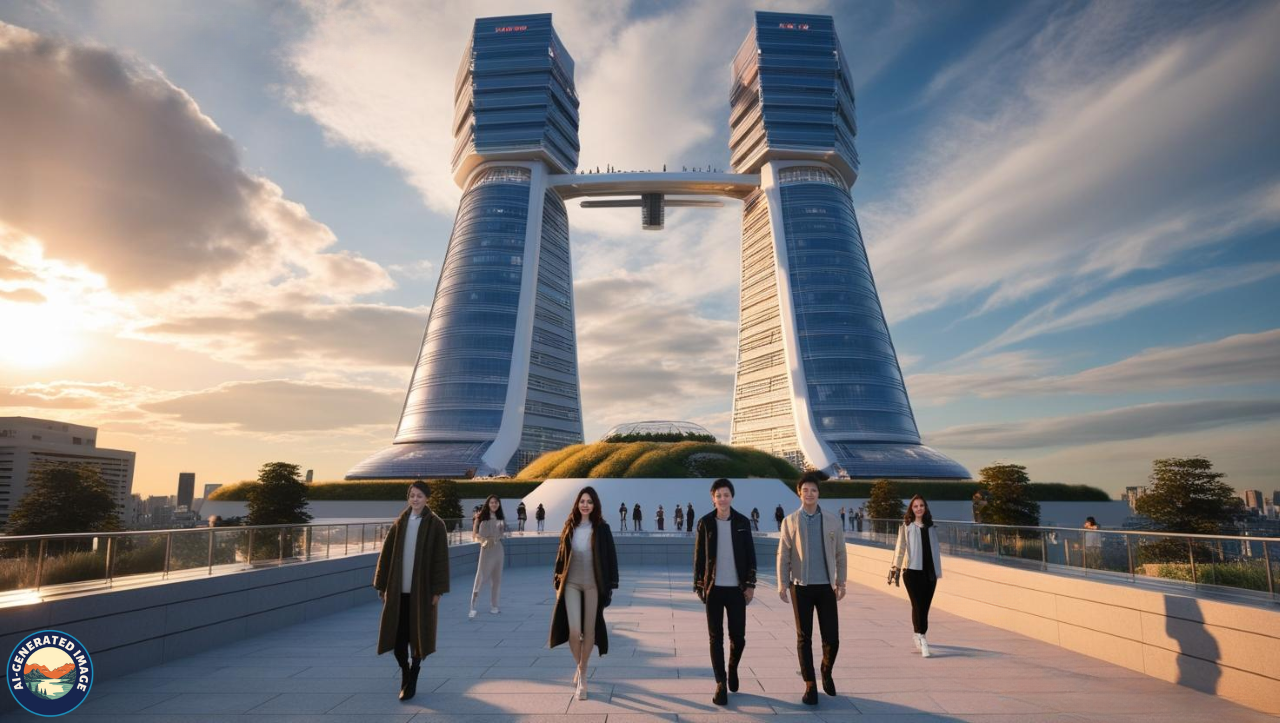
-
Experience:
-
Enjoy sunset views from the top, especially during autumn and winter
-
Unique aspect:
-
Glass elevators and floating escalators
Shitenno-ji Temple
Established over 1,400 years ago, Shitenno-ji is one of Japan’s oldest Buddhist temples and still holds religious significance today.
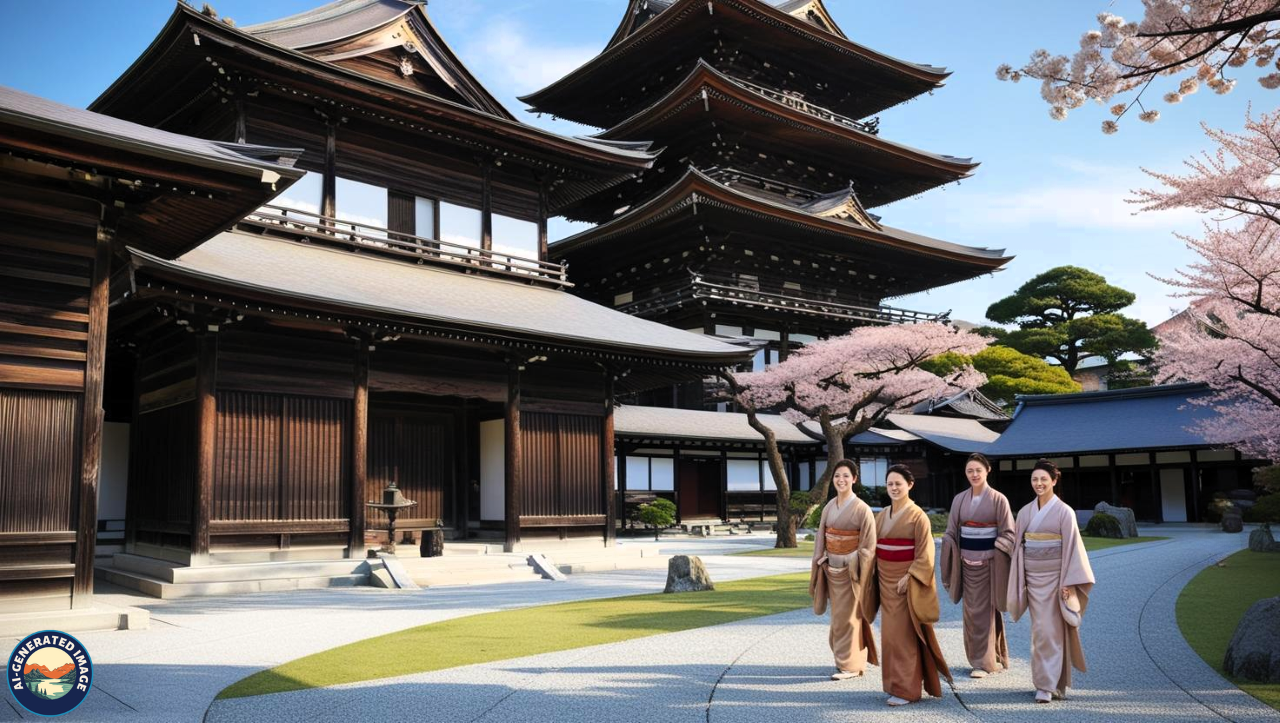
-
What to see:
-
The temple’s five-story pagoda, peaceful inner garden, and traditional structures
-
Atmosphere:
-
Serene and spiritual, offering a break from the city’s buzz
Osaka Aquarium (Kaiyukan)
This massive aquarium takes visitors on a journey through various marine habitats across the Pacific Rim.
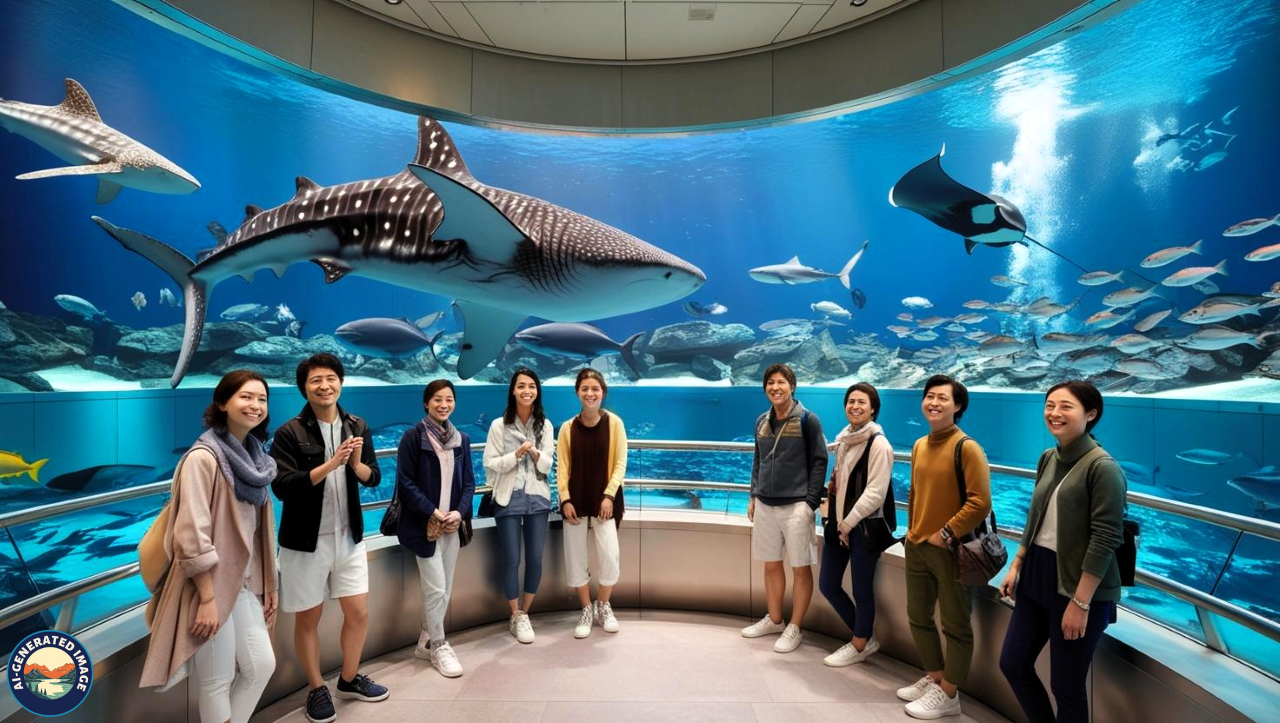
-
Highlights:
-
Whale sharks, penguins, jellyfish exhibits, and interactive zones
-
Good for:
-
Families, marine life lovers, and rainy days
Osaka’s Food Scene: Why It’s Called ‘Japan’s Kitchen’
Osaka is synonymous with food. The city’s residents live by the motto kuidaore, which means “eat until you drop.” Whether it’s street food or gourmet cuisine, eating in Osaka is both a passion and a way of life.
Signature Dishes
-
Takoyaki:
-
Octopus-filled dough balls grilled and topped with savory sauces
-
Okonomiyaki:
-
A customizable savory pancake filled with ingredients like cabbage, pork, or seafood
-
Kushikatsu:
-
Deep-fried skewers of meat, vegetables, and cheese
-
Ikayaki:
-
Grilled squid served whole or in rings, seasoned with soy sauce
-
Negiyaki:
-
A thinner version of okonomiyaki, filled with chopped green onions
Food Districts to Explore
-
Kuromon Ichiba Market:
-
Known as “Osaka’s Kitchen,” this market is packed with stalls selling sushi, oysters, beef skewers, and fresh produce
-
Shinsekai:
-
A retro-style neighborhood full of nostalgic charm and cheap eats like kushikatsu and beer
-
Dotonbori:
-
The most famous food strip in the city, offering both street snacks and riverside dining
Dining Options for All Budgets
From Michelin-starred sushi to local izakayas where you can enjoy grilled meats and sake, Osaka has it all.
-
Fine Dining:
-
Hajime, Fujiya 1935
-
Mid-Range:
-
Okonomiyaki Chitose, Harukoma Sushi
-
Budget Eats:
-
Takoyaki stands, conveyor belt sushi, ramen shops
Shopping
Osaka is a shopper’s paradise, offering everything from luxury brands to quirky anime merchandise.
Shinsaibashi-suji
This covered arcade is home to major fashion brands, local boutiques, and cosmetic stores. It’s the city’s most famous shopping street.
Nipponbashi (Den Den Town)
For electronics, anime, gaming, and collectibles, Den Den Town is Osaka’s version of Akihabara.
Tenjinbashi-suji
Stretching over 2.6 km, this is Japan’s longest shopping street. It features small local shops, snack stands, and traditional clothing stores.
High-End Malls
-
Hankyu Umeda Main Store:
-
Great for fashion and food
-
Daimaru Shinsaibashi:
-
Offers luxury brands and an excellent food hall
-
Namba Parks:
-
Features green rooftops and a blend of nature and modern design
Recommended Day Trips
Thanks to its central location, Osaka is perfect for exploring nearby cities.
Kyoto
Only 30 minutes by train, Kyoto offers historic temples, geisha culture, and traditional tea houses.
-
Top sights:
-
Fushimi Inari Shrine, Kinkaku-ji, and Gion
Nara
This ancient capital is home to hundreds of free-roaming deer and some of Japan’s oldest temples.
-
Top sights:
-
Nara Park, Todai-ji Temple, and Kasuga Shrine
Kobe
Known for its world-famous beef and scenic harbor, Kobe is a relaxed day trip just 30 minutes away.
-
Top sights:
-
Kobe Harborland, Mount Rokko, and Chinatown
Best Times to Visit
Spring (March–May)
Cherry blossoms bloom, especially in parks around Osaka Castle. Temperatures are pleasant, and festivals abound.
Summer (June–August)
Hot and humid, but perfect for summer festivals like Tenjin Matsuri. Expect fireworks, food stalls, and river parades.
Autumn (September–November)
Cooler weather and colorful foliage in parks and temples. A great season for sightseeing and outdoor walks.
Winter (December–February)
While colder winter brings stunning illuminations across the city, and warm comfort foods to enjoy.
Transportation Tips
Getting In
-
By air:
-
Kansai International Airport (KIX) serves major international and domestic flights
-
By train:
-
Shin-Osaka Station is a key hub for Shinkansen (bullet trains)
Getting Around
-
Osaka Metro:
-
Easy to navigate with English signage; covers most city attractions
-
JR Osaka Loop Line:
-
Circles the city and connects key areas
-
IC Cards:
-
Use an ICOCA card for hassle-free travel across trains, subways, and buses
Tourist Passes
-
Osaka Amazing Pass:
-
Includes unlimited metro rides and free entry to major attractions
-
Kansai Thru Pass:
-
Great for visiting nearby cities like Kyoto and Nara
Where to Stay
Best Areas to Stay
-
Namba:
-
Centrally located with lively nightlife and food
-
Umeda:
-
Business and shopping district, with good transport access
-
Shin-Osaka:
-
Convenient for Shinkansen users
-
Tennoji:
-
Budget-friendly with access to cultural sites
Accommodation Options
-
Budget:
-
Hostels, capsule hotels, and business hotels
-
Mid-range:
-
Chain hotels like Daiwa Roynet or APA
-
Luxury:
-
InterContinental, Ritz-Carlton, or Conrad Osaka
-
Unique:
-
Themed hotels or ryokans (Japanese inns)
Hidden Gems and Unique Experiences
-
Hozenji Yokocho:
-
A peaceful stone-paved alley with traditional eateries and the moss-covered Hozenji Temple
-
Sumiyoshi Taisha Shrine:
-
One of Japan’s oldest Shinto shrines with a distinctive architectural style
-
Spa World:
-
A massive onsen complex offering baths inspired by different cultures
-
America Mura (Ame-mura):
-
A trendy area filled with street art, fashion, and youth culture
Tips for First-Time Visitors
-
Respect local etiquette:
-
Don’t talk loudly on trains, bow when greeting, and keep your phone on silent in public areas
-
Cash is essential:
-
While more places accept cards now, many small eateries and shops still prefer cash
-
Language help: Use apps like Google Translate and learn a few phrases:
-
Hello: Konnichiwa
-
Thank you: Arigatou gozaimasu
-
Excuse me: Sumimasen
-
-
Connectivity:
-
Rent a pocket Wi-Fi or buy a SIM card at the airport
-
Tipping:
-
Not practiced in Japan—exceptional service is already expected
Conclusion
Osaka offers an unforgettable journey through culture, cuisine, and community. Whether you’re indulging in its iconic street food, exploring ancient temples, or shopping in bustling arcades, the city’s charm is unmistakable. Its welcoming locals, vibrant neighborhoods, and rich history make it a destination that caters to all types of travelers.
If you’re planning a trip to Japan and want a place that captures authenticity with a side of adventure, Osaka is your perfect match.
FAQs
What’s Osaka best known for?
Osaka is most famous for its street food, vibrant entertainment districts, and historical landmarks like Osaka Castle.
Is Osaka good for families?
Yes! With attractions like Universal Studios Japan and Osaka Aquarium, it’s very family-friendly.
How much should I budget per day?
On average, budget travelers may spend ¥8,000–¥12,000/day, while mid-range travelers should expect around ¥15,000–¥25,000/day.
Can I get by with English in Osaka?
Yes, especially in tourist areas. Many signs are bilingual, and staff in hotels and attractions often speak basic English.
What’s the difference between Osaka and Kyoto?
Osaka is energetic and food-centric, while Kyoto is serene and tradition-focused. They complement each other well on a Japan trip.

